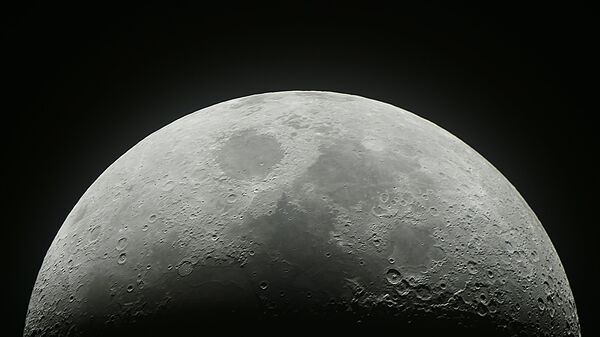The Israeli Beresheet lander module which crashed into the Moon’s surface in April might have impacted the Earth’s natural satellite in more ways than one, possibly seeding the lunar surface with terrestrial lifeforms, Wired reports.
As the media outlet points out, the lander was carrying a number of objects belonging to a non-profit group called Arch Mission Foundation whose goal is to create “a backup of planet Earth”, with the cargo including the organisation’s “first lunar library, a DVD-sized archive containing 30 million pages of information, human DNA samples, and thousands of tardigrade” – micro-animals also known as water bears that can survive even in space.
"Ironically, our payload may be the only surviving thing from that mission," said Nova Spivack, founder of the Arch Mission Foundation.
He noted that as tardigrades are capable of falling into dormant states, with their bodies becoming dehydrated, these creatures can potentially be revived in the future, though it remains unclear whether any of the water bears that were part of the Beresheet’s cargo could be recovered and revived.
The lander, which aimed to be the first spacecraft made with mostly private funding to touch down on the surface of the Moon, was the creation of the Israeli nonprofit SpaceIL working in partnership with Israel Aerospace Industries and was launched on top of a SpaceX Falcon 9 rocket in February, only to crash into the lunar surface on 11 April.


